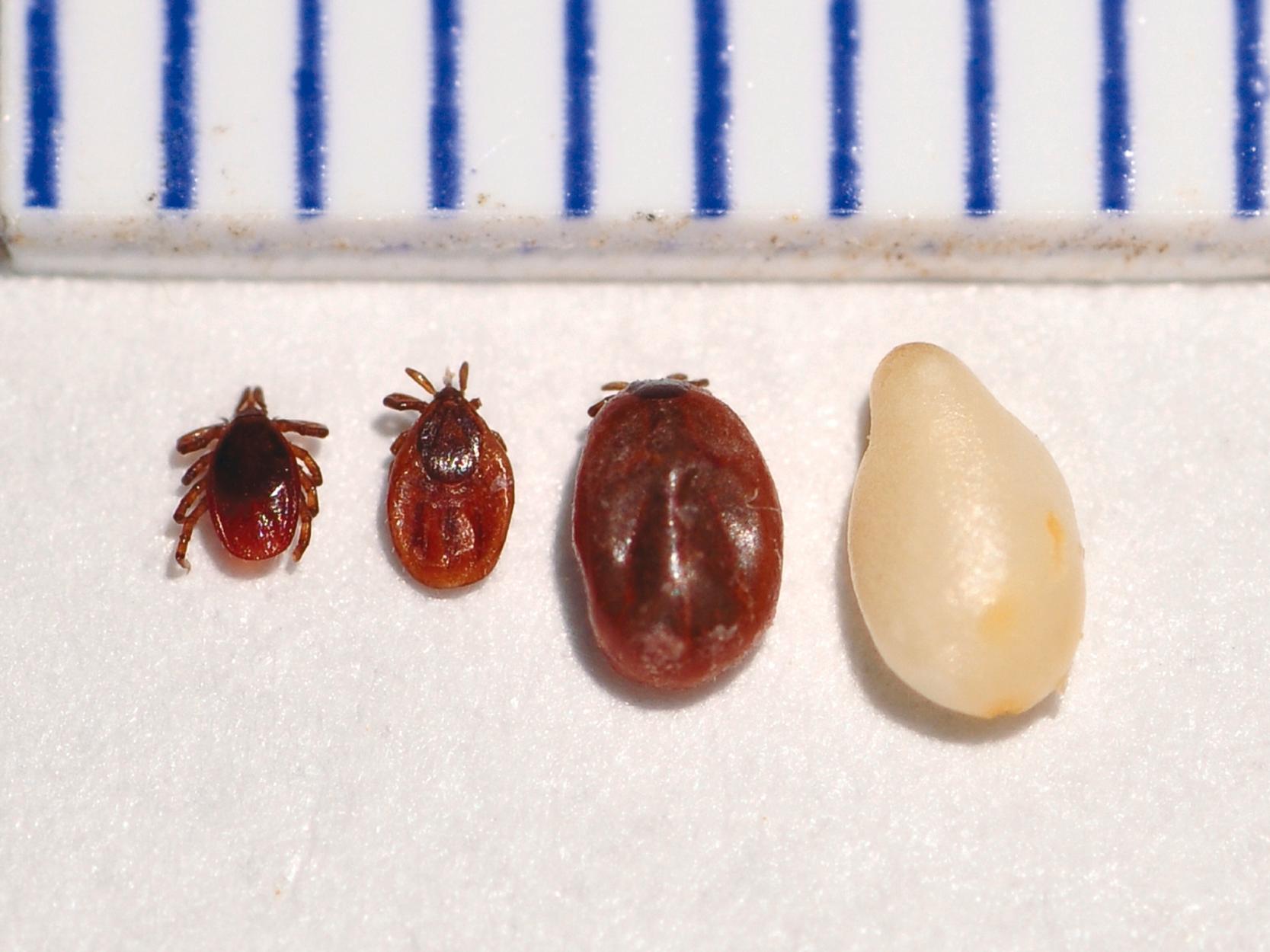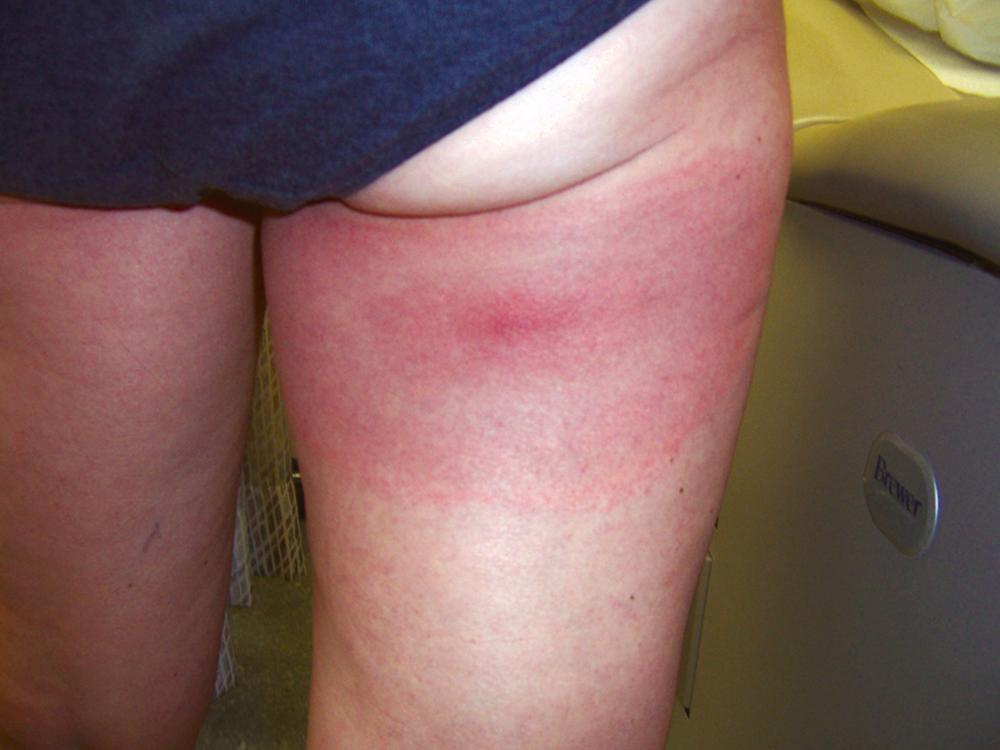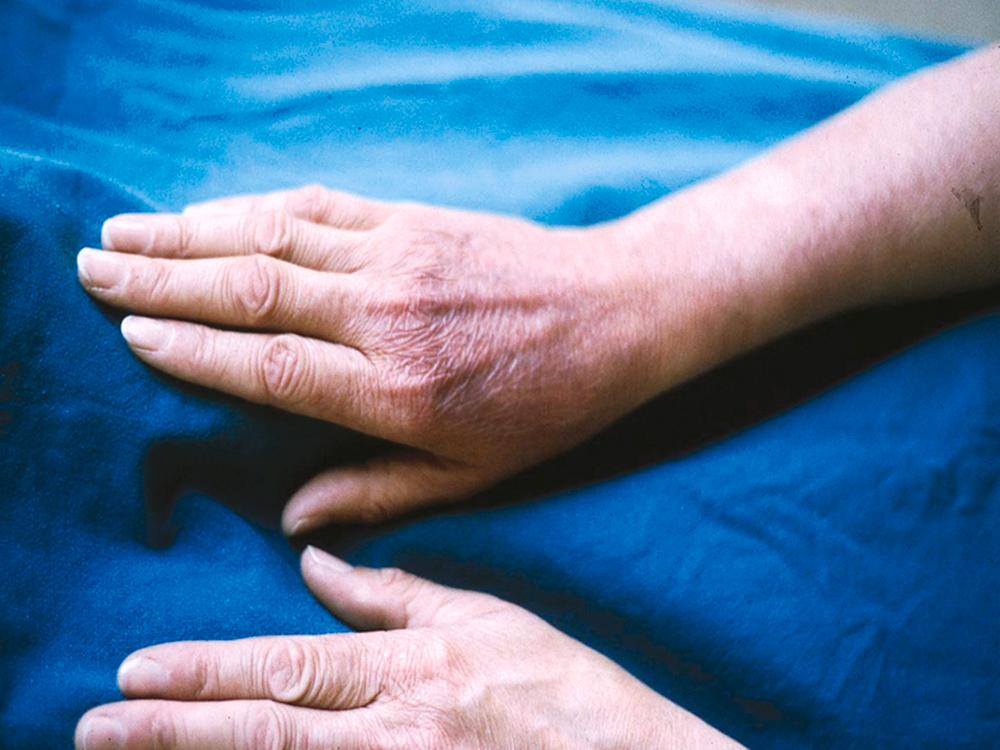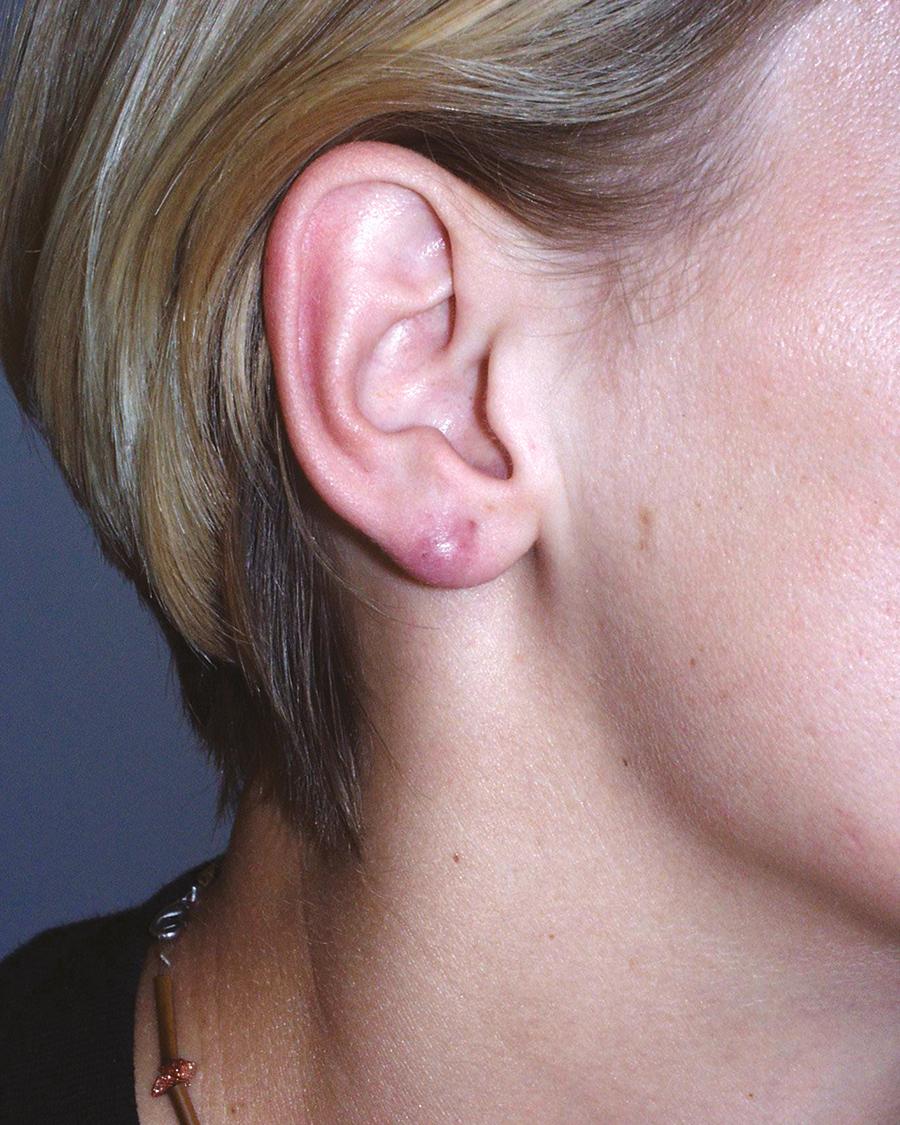Physical Address
304 North Cardinal St.
Dorchester Center, MA 02124
Lyme disease (also known as Lyme borreliosis) is a zoonotic infection that is transmitted by certain Ixodes tick species and caused by a group of related spirochetes referred to formally as Borrelia burgdorferi sensu lato, or more simply as Lyme borrelia. Lyme disease was first described in 1977 after an investigation of a cluster of cases of arthritis among children living in the area of Lyme, Connecticut. With approximately 475,000 cases estimated to be diagnosed annually, it is the most common vector-borne infection in the United States; Lyme disease is also an infection of public health importance in both Europe and Asia. The most common clinical manifestation is a characteristic skin lesion called erythema migrans. This lesion is a result of inflammation associated with the centrifugal spread of the spirochete within the skin from the site where the tick deposited the microorganism. The spirochete may also spread hematogenously to other skin locations, thereby resulting in secondary erythema migrans skin lesions, or to nonskin sites, such as the joints, nervous system, or heart, thereby leading to a variety of extracutaneous clinical manifestations.
In the United States, the species of Lyme borrelia that causes the vast majority of human infections is B. burgdorferi (also referred to as B. burgdorferi sensu stricto). Although B. burgdorferi also causes Lyme disease in Europe, collectively other species of Lyme borrelia that can be distinguished genotypically account for the majority of infections there, especially Borrelia afzelii and Borrelia garinii . The fact that at least six species of Lyme borrelia may cause infection in Europe has created serodiagnostic challenges and accounts for a wider variety of possible clinical manifestations there than in the United States (see later). B. garinii appears to be the most neurotropic and B. burgdorferi the most arthritogenic among the species of Lyme borrelia.
Lyme borrelia are motile, microaerophilic, spirochetal bacteria with 3 to 10 loose coils arranged in a helical shape. The cells are 10 to 30 µm in length and 0.2 to 0.5 µm in width, and they contain at least seven periplasmic flagella that are responsible for the organism’s motility. Borrelia are too thin to be seen by Gram stain, but live organisms can be visualized by dark-field or phase contrast microscopy. In tissues, they can be recognized by light microscopy after application of silver stains or by fluorescent microscopic methods. Lyme borrelia can be grown in vitro in a highly enriched culture medium.
In the United States, more than 95% of cases of Lyme disease are concentrated in just 14 states: 12 eastern states and 2 in the North Central region. The states with the largest number of cases are Pennsylvania, New York, New Jersey, and Massachusetts. Ixodes scapularis (also known as the deer tick or black-legged tick) is the tick vector in these states. Ixodes pacificus is the vector for cases that occur in the Northwest region. Lyme disease also occurs in limited areas of Canada. Although Lyme borrelia exist in enzootic cycles in the Southern United States, cases of Lyme disease arising indigenously have not been well documented in states south of North Carolina.
Cases of Lyme disease occur throughout the temperate regions of Europe and are especially common in Scandinavia and countries of Central Europe such as Slovenia, Austria, and Germany. Ixodes ricinus transmits the infection in Europe, and Ixodes persulcatus is the vector in the Asian region of Russia, China, and Japan.
The principal reservoirs for Lyme borrelia (i.e., source of infection for ticks) in the United States and Eurasia are small mammals such as mice and certain species of birds. Deer play an essential role in the life cycle of the I. scapularis tick species but are not a competent reservoir for B. burgdorferi .
The likelihood of acquiring Lyme disease is directly related to exposure to environments in which infected ticks are present. Of the three feeding stages in the life cycle of I. scapularis , the second or nymphal stage is the most important epidemiologically for transmission of infection to humans. The first or larval stage is uninfected and cannot transmit this infection. Although the third stage (i.e., the adult stage of the tick) is more likely to be infected with B. burgdorferi than the nymphal stage is, it is less important in transmission to humans because this stage is present in smaller numbers in the environment and because there is less human activity outdoors during the time periods in the spring and fall when this stage is seeking a blood meal. In addition, adult ticks are larger and their bites cause more skin irritation than bites of nymphal ticks do, thereby increasing the likelihood that they will be noticed and detached by a person who has been bitten. If they are not removed, Ixodes ticks will usually feed for at least 3 days ( Fig. 296-1 ). Transmission of B. burgdorferi by I. scapularis or I. pacificus ticks is typically delayed for more than 36 hours from the start of the blood meal, thereby providing the opportunity to prevent infection simply by finding and removing the tick. Transmission of B. afzelii by the European tick I. ricinus is considerably faster, however, often occurring within the first 24 hours of feeding.

Most cases of erythema migrans in the United States occur during June through August. The age distribution is bimodal, with the highest incidences in children 5 to 15 years old and in adults 45 to 55 years of age, but individuals of all ages are at risk. The reported incidence of Lyme disease in the United States is rising, partially as a result of expansion of the deer population and the spread of infected I. scapularis ticks to new geographic areas.
Extracutaneous manifestations are somewhat less likely than erythema migrans to occur during June to August because the time from the tick bite until the onset of these manifestations is longer. Because adult I. scapularis ticks may become active on warm days during the winter, cases of erythema migrans may occasionally occur even in the colder months.
B. burgdorferi is deposited by the tick into the skin rather than directly into the blood stream. Hematogenous dissemination seems to be an important mechanism responsible for spread of the spirochete to other sites. Alternatively, spread of the spirochete to other sites might occur through tissue planes. The likelihood of entry into the blood stream is affected by the strain of Lyme borrelia causing the infection. Unlike patients who are bacteremic with more conventional pathogens, patients with spirochetemia rarely appear “septic.” In one study, only 5% of 93 spirochetemic patients were febrile when the blood culture specimen was obtained, and almost none was found to have leukocytosis. The lack of fever and other clinical signs of sepsis may be due to the absence of lipopolysaccharide within the borrelial cell wall.
B. burgdorferi resides in the midgut of the Ixodes tick through attachment of its outer surface protein A (OspA) to the cells lining this site. Genetic studies suggest the nearly complete absence of biosynthetic pathways, thereby making the microorganism dependent on its environment for nutritional requirements. With the onset of the blood meal, the spirochete increases in number and undergoes a sequence of phenotypic changes, including downregulation of OspA expression and upregulation of another outer surface protein, OspC. This set of events releases the spirochete from the midgut and permits migration to the salivary gland. At that site, OspC binds to a salivary protein, Salp15, that is induced during the blood meal in borrelia-infected ticks; this binding protects the spirochete from antibody-mediated killing and aids in transmission to a vertebrate host.
Infection of humans or animals elicits innate and adaptive immune responses, thereby resulting in both macrophage and antibody-mediated killing of the spirochete. The inflammatory response in tissue typically shows an infiltration of lymphocytes, macrophages, and plasma cells, although granulocytes predominate in synovial fluid samples of patients with Lyme arthritis. The potential for persistence of infection despite a robust humoral and cellular immunologic response is, however, typical of infection with Lyme borrelia, as it is with Treponema pallidum infection ( Chapter 295 ). The virulence factors responsible for persistence of infection include the spirochete’s ability to downregulate expression of certain immunogenic surface-exposed proteins, including OspC, and to alter rapidly and continually by recombination of the antigenic properties of a surface lipoprotein known as variable major protein–like sequence expressed (VlsE). In addition, the spirochete’s motility and ability to bind to various components of the extracellular matrix may also contribute to persistence.
All of the objective clinical manifestations of Lyme disease are thought to be due to an inflammatory response to live spirochetes or to their undegraded antigens. Obliterative endarteritis has been seen histologically in synovial tissue, but its importance in pathogenesis is unclear. Lyme borrelia are not known to produce toxins. In humans, the only role so far established for host genetic factors is in the development of antibiotic-refractory Lyme arthritis, also known as post-antibiotic Lyme arthritis, which is seen most often in patients with certain HLA DR alleles, some of which coincide with those associated with rheumatoid arthritis.
The clinical manifestations are often categorized as follows:
Early localized infection, typically manifested by a single erythema migrans ( Fig. 296-2 ) skin lesion, with or without viral infection–like symptoms but without objective extracutaneous manifestations

Early disseminated infection, usually manifested by multiple erythema migrans skin lesions or by an objective manifestation of early neurologic Lyme disease or Lyme carditis
Late disease, usually manifested by arthritis but may also include certain rare neurologic manifestations or the skin condition known as acrodermatitis chronica atrophicans ( Fig. 296-3 ).

Children and adults have similar clinical manifestations. In a large European series, erythema migrans by itself was seen in about 90% of cases, arthritis in 5%, early neurologic manifestations in about 3%, borrelial lymphocytoma (see later under “Borrelial Lymphocytoma”) in 2%, acrodermatitis chronica atrophicans in 1%, and cardiac manifestations in less than 1%; none of the patients had late neurologic Lyme disease. In a recent case series in the United States, findings have been similar except for the absence of borrelial lymphocytoma and acrodermatitis chronica atrophicans. The much higher prevalence of neurologic, cardiac, or joint manifestations in older studies may have been related to ascertainment bias or to the failure to treat patients with erythema migrans before the development of extracutaneous complications.
Erythema migrans is by far the most common clinical manifestation of Lyme disease. Although the appearance of the skin lesion is often distinctive (see Fig. 296-2 ), it is not pathognomonic for Lyme disease. Erythema migrans appears 7 to 14 days (range, 3 to 30 days) after tick detachment and is characterized by an expanding, flat to slightly raised, erythematous skin lesion (usually ≥5 cm in diameter) that is round or oval. The bite mark from the preceding tick bite can sometimes be identified at or near the center of the lesion and is called a punctum. Approximately 80% of patients in the United States with erythema migrans have just a single skin lesion. Nonspecific viral infection–like symptoms or signs, such as malaise, neck pain, headache, fatigue, migratory arthralgias, or chills and fever, may be present ( Table 296-1 ) but are more common in patients infected with B. burgdorferi or B. garinii compared with B. afzelii . Prominent respiratory or gastrointestinal symptoms are highly atypical for Lyme disease. An acute febrile illness in the absence of a skin lesion or other objective clinical manifestation has been attributed to early Lyme disease, but the possibility of misdiagnosis is greater in this situation because of the potential for false-positive serologic test results.
| CHARACTERISTIC | UNITED STATES (95% CI) |
|---|---|
| Viral infection–like | 65% (52-76%) |
| Fatigue | 47% (37-58%) |
| Headache | 36% (27-46%) |
| Myalgias | 35% (26-45%) |
| Arthralgias | 35% (25-46%) |
| Fever | 33% (23-43%) |
| Stiff neck | 31% (21-43%) |
| Lymphadenopathy | 22% (13-33%) |
| Dysesthesia | 20% (12-32%) |
| EUROPE (95% CI) | |
|---|---|
| Viral infection–like | 37% (27-49%) |
| Dysesthesia | 35% (25-47%) |
| Headache | 20% (14-29%) |
Erythema migrans skin lesions can vary in appearance. Some (especially lesions of short duration) are nearly uniform in color, whereas others may show central clearing or a target-like appearance. About 5% have a vesicular-pustular center. Erythema migrans on the lower extremities may sometimes be purpuric. Lesions may be scaly when they are long-standing and fading or after topical corticosteroid creams have been applied. The most common locations include the thigh, back, shoulder, and calf. Lesions are often asymptomatic but can be mildly painful or pruritic, and tender regional lymphadenopathy may be present. The majority of U.S. patients with erythema migrans, as for all other clinical manifestations, do not recall a preceding tick bite.
Borrelial lymphocytoma, which is a rare cutaneous manifestation of Lyme disease, almost never occurs in the United States. It often is manifested at or near a preceding tick bite as a solitary bluish-red swelling with a diameter of up to a few centimeters. The most common locations are the earlobe in children and the breast in adults ( Fig. 296-4 ). Histologic examination shows a dense infiltration of the cutis and subcutis by predominantly polyclonal B lymphocytes, frequently with germinal center formation. Histologic evaluation may be necessary to exclude malignant disease for patients with suspected borrelial lymphocytoma at a location other than the earlobe.

In the United States, approximately 20% of patients with erythema migrans have multiple skin lesions at the time of presentation. Secondary erythema migrans skin lesions can be smaller than 5 cm, do not have a punctum, and are usually not tender or pruritic; they arise from hematogenous dissemination to the skin rather than from additional tick bites.
Within weeks to several months after infection, patients may develop neurologic manifestations, the most common of which are cranial neuropathy (particularly peripheral seventh nerve palsy that may be bilateral), lymphocytic meningitis, and sensory (often painful) radiculopathy. , Less common manifestations include mononeuritis multiplex (multifocal involvement of anatomically unrelated nerves) and brachial or lumbosacral plexopathies. A pseudotumor cerebri–like picture has been reported occasionally in children. The presence of a concomitant erythema migrans lesion or the patient’s recollection of a recent lesion consistent with erythema migrans may be helpful diagnostically.
Become a Clinical Tree membership for Full access and enjoy Unlimited articles
If you are a member. Log in here